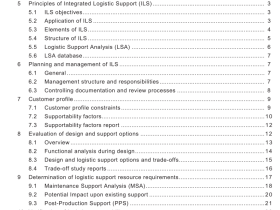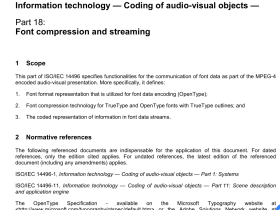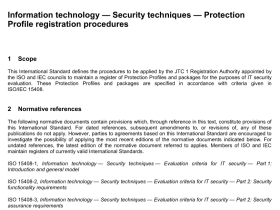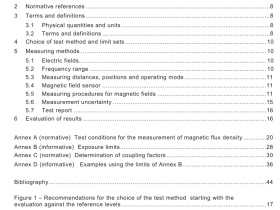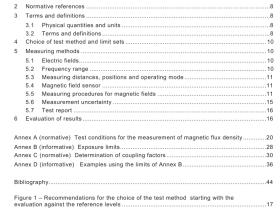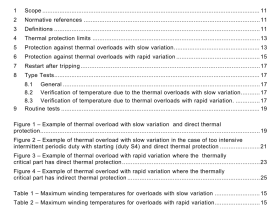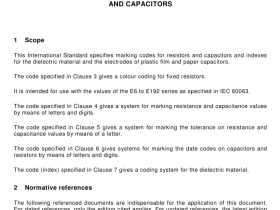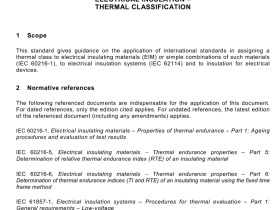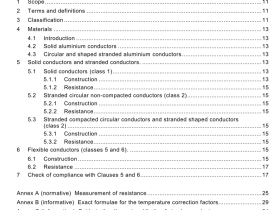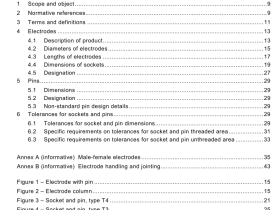IEC 61006 pdf download
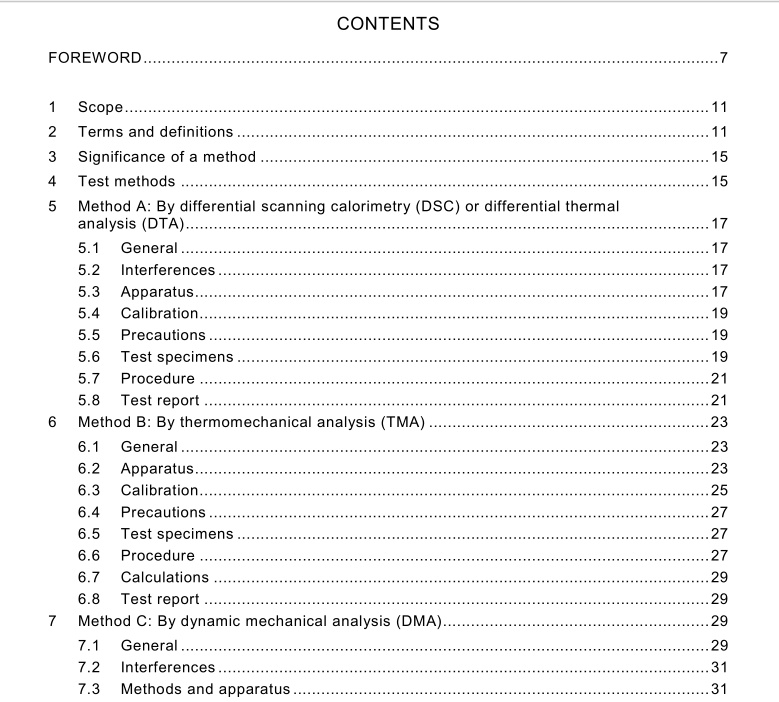
IEC 61006 pdf download Electrical insulating materials – Methods of test for the determination of the glass transition temperature
1Scope
This International Standard specifies procedures for test methods for the determination of theglass transition temperature of solid electrical insulating materials. They are applicable toamorphous materials or to partially crystalline materials containing amorphous regions whichare stable and do not undergo decomposition or sublimation in the glass transition region.
Terms and definitions
For the purposes of this document, the following terms and definitions apply.
2.1
glass transition
physical change in an amorphous material or in amorphous regions of a partially crystallinematerial from (or to) a viscous or rubbery condition to (or from) a hard one
NOTE The glass transition generally occurs over a relatively narrow temperature region and is similar to thesolidification of a liquid to a glass state; it is not a first order transition.Not only do hardness and brittlenessundergo rapid changes in this temperature region, but other properties such as thermal expansion and heatcapacity also change rapidly.This phenomenon is also referred to as a second order transition, rubber transition orrubbery transition. Where more than one amorphous transition occurs in a material, the one associated withchanges in the segmental motions of the molecular backbone or accompanied by the largest change in propertiesis usually considered to be the glass transition. Blends of amorphous materials may have more than one glasstransition, each associated with a separate component of the blend.
2.2
glass transition temperaturerg
midpoint of a temperature range over which the glass transition takes place
NOTE 1 The glass transition temperature can be determined readily only by observing the temperature range inwhich a significant change takes place in some specific electrical, mechanical, thermal, or other physical property.Moreover, the observed temperature can vary significantly depending on the property chosen for observation andon details of the experimental technique (e.g., heating rate, frequency of test). Therefore, the observed T, shouldbe considered only an approximate value,valid only for that particular technique and test conditions.
NOTE 2 For the purpose of test method C (see Clause 7), the temperature of the peak of the mechanicaldissipation factor curve accompanying the glass transition is taken to be the glass transition temperature.
2.3
differential scanning calorimetryDsc
technique in which the difference in heat flow energy inputs into a tested material and areference material is measured as a function of temperature while the tested material and thereference material are subjected to a controlled temperature programme
NOTE The record is the differential scanning calorimetric or Dsc curve.
